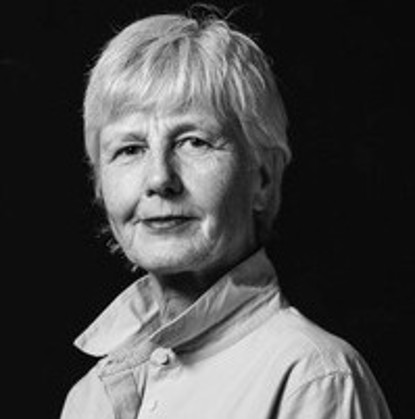The Ingelheim town fortifications
Execution:
Dr.-Ing. Clemens Brünenberg
Dr.-Ing. Judith Ley
Cooperation partners:
Forschungsstelle Kaiserpfalz der Stadt Ingelheim
Dipl.-Ing. Katharina Peisker (Bauforschung)
Matylda Gierszewska-Noszczyńska M.A. (Archäologie & GIS)
Piotr Noszczyński M.A. (Archäologie & GIS)
Hartmut Geißler (historische Quellen)
The neighborhood of Oberingelheim, which today belongs to the town of Ingelheim, probably dates to a Frankish foundation and was first mentioned in documents dating to the late 8th century CE. In the High Middle Ages, mainly knights and noble servants settled here. Presumably in the late 14th to 15th century, the village was surrounded by an approximately 2.5 km long circular wall, fortified with towers. It was possible to access the village through seven gates, four of which are still preserved to varying degrees .
The remains of the fortification that have come down to us are mainly located in the area around the castle church and the adjoining “Seufzerpfädchen” (sigh path). On this approximately 1 km long, in part very well-preserved section, four towers can be found, whose different modes of construction and typologies prompted us to take a closer look at the entire fortification system in the first place.
The research project is being carried out in close cooperation with the Kaiserpfalz Ingelheim Research Centre and includes the active participation of students from Darmstadt. In the first stage of the project, large parts of the still preserved town fortification were documented true to scale and form in the summer of 2017. In addition to teaching and applying various methods of building documentation – from manual measurement to 3D modelling using Structure from Motion – the characteristics of the recorded sections were roughly mapped out: construction phases, construction segments, different techniques, damages, restoration measures, etc. In a second campaign in the summer of 2018, the documentation and analysis of the still missing wall sections was conducted.
The aim of the research project is to evaluate, classify and determine the significance of the town fortifications of Oberingelheim based on a comprehensive architectural and historical study. The focus is on special features, differences and recurring characteristics in the building technique and construction of the fortifications as well as their comparison with other fortifications in the region, such as those in Großwinternheim, Ingelheim or Darmstadt. The overarching aim of this interdisciplinary project is to determine when, why and by whom the fortification was built and what purpose this poorly fortified complex was intended to fulfill.
As an interim result, the virtual exhibition Ortsbefestigung 3.0 – Innovative Bauforschung in Ingelheim was launched at the end of September 2020. Here you can find out as much about the ongoing research as about building documentation methods.
In the course of the exhibition, an online lecture by the Darmstadt and Ingelheim research team took place on 18.11.2020. Clemens Brünenberg, Judith Ley, Katharina Peisker, Matylda Gierszewska-Noszczyńska and Piotr Noszczyński spoke about the current state of research on the town fortifications in OberIngelheim and Großwinternheim from the perspectives of building history and archaeology. You can watch the lecture again on the exhibition homepage or directly on YouTube.
Link to the exhibition: https://ortsbefestigung3punkt0.de/
Link to the online lecture: https://www.youtube.com/watch?v=YQR-6d5DcG8
Contact Information
Clemens Brünenberg: bruenenberg@klarch.tu-darmstadt.de






